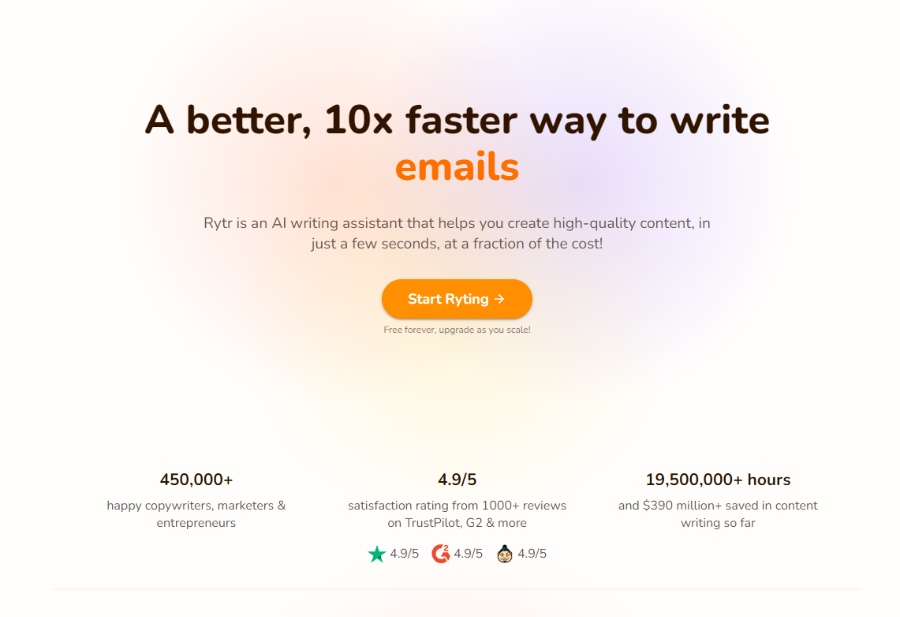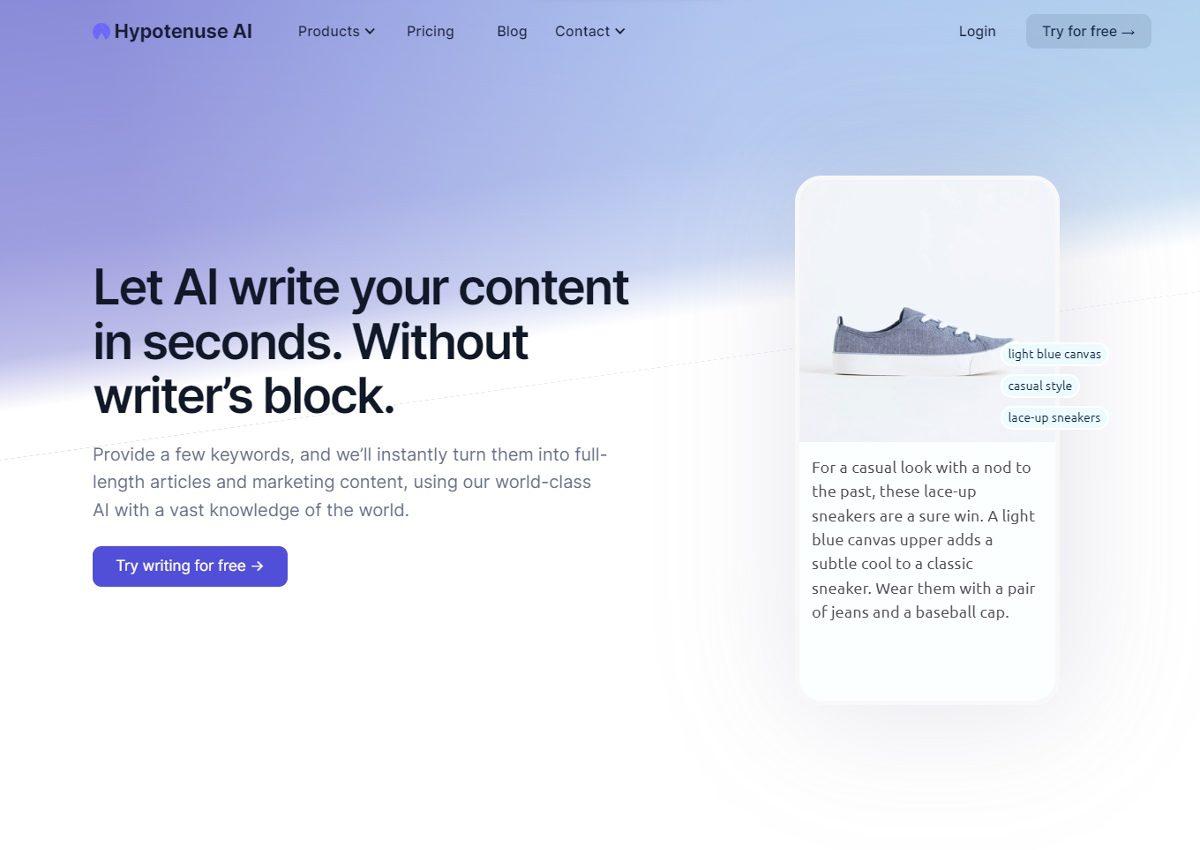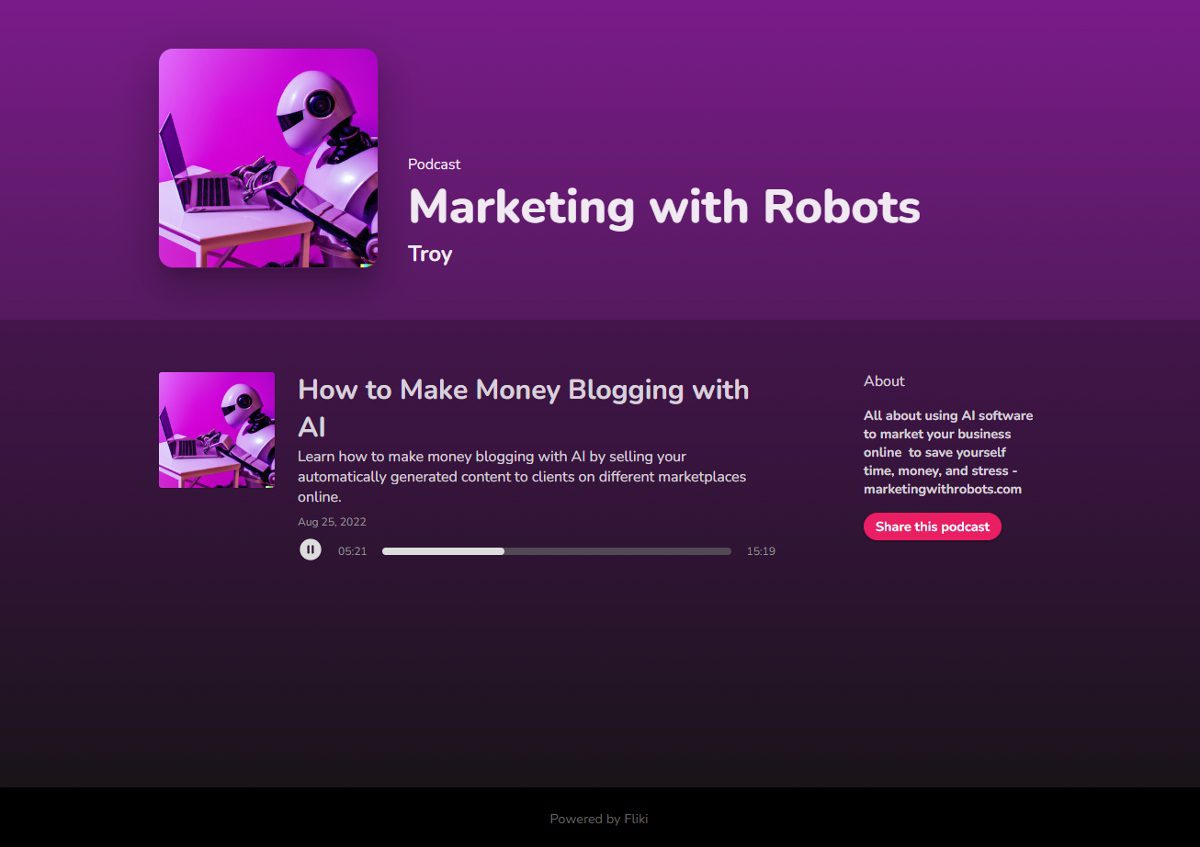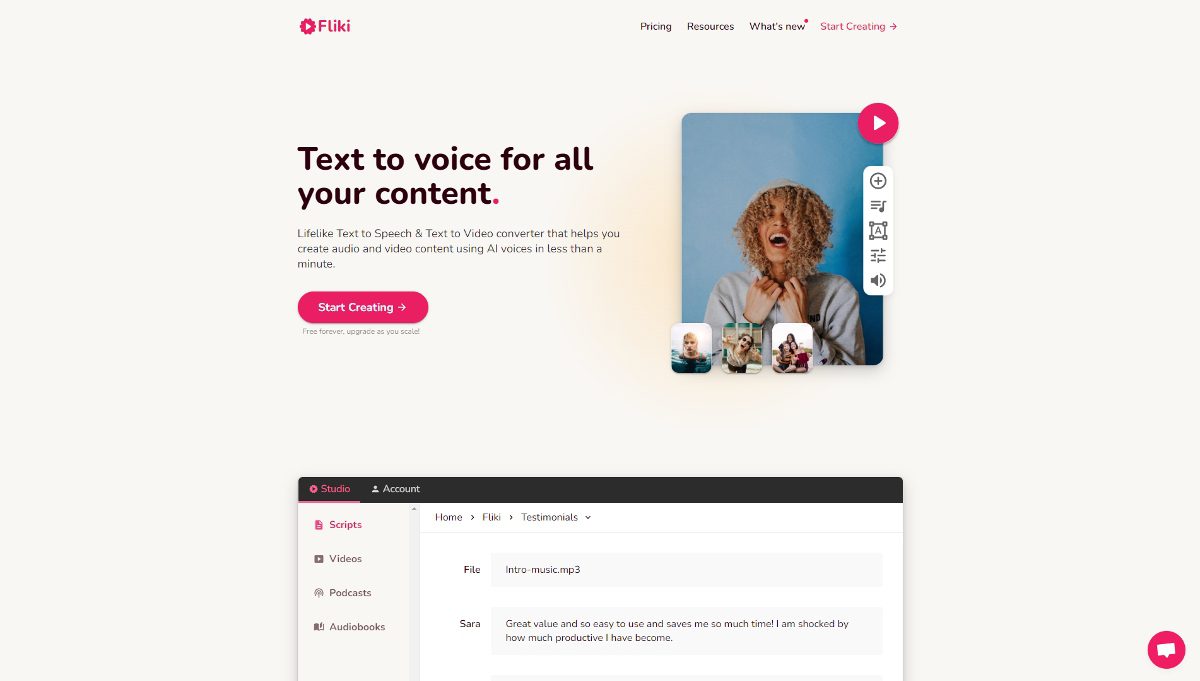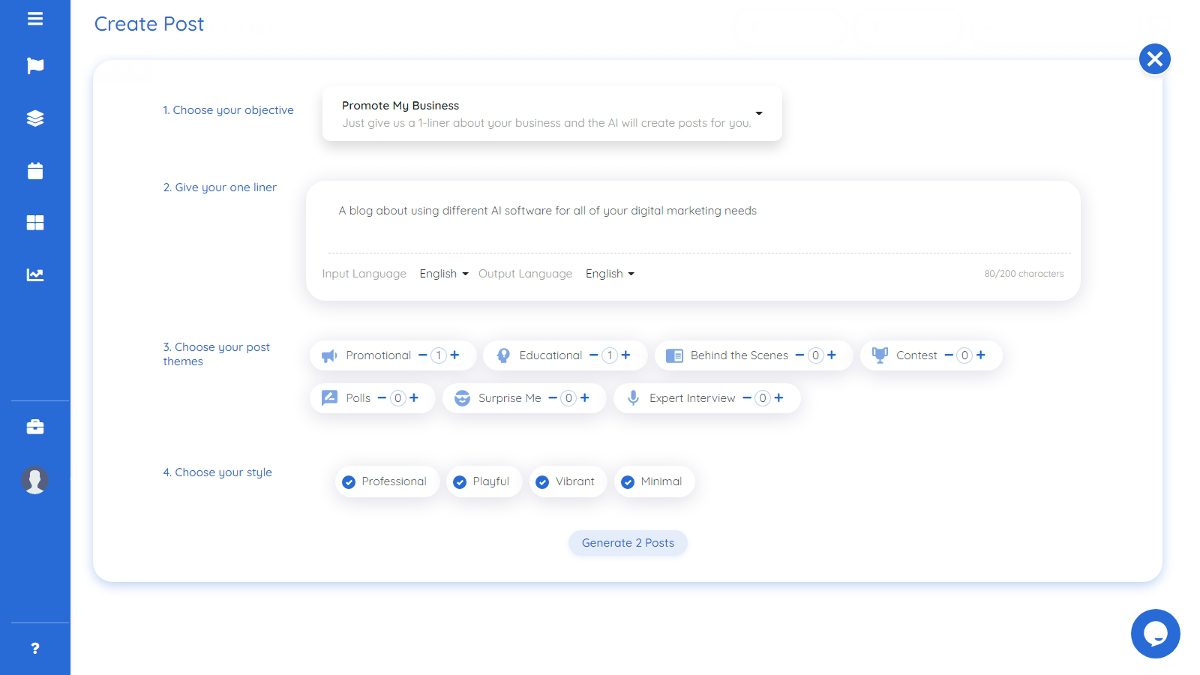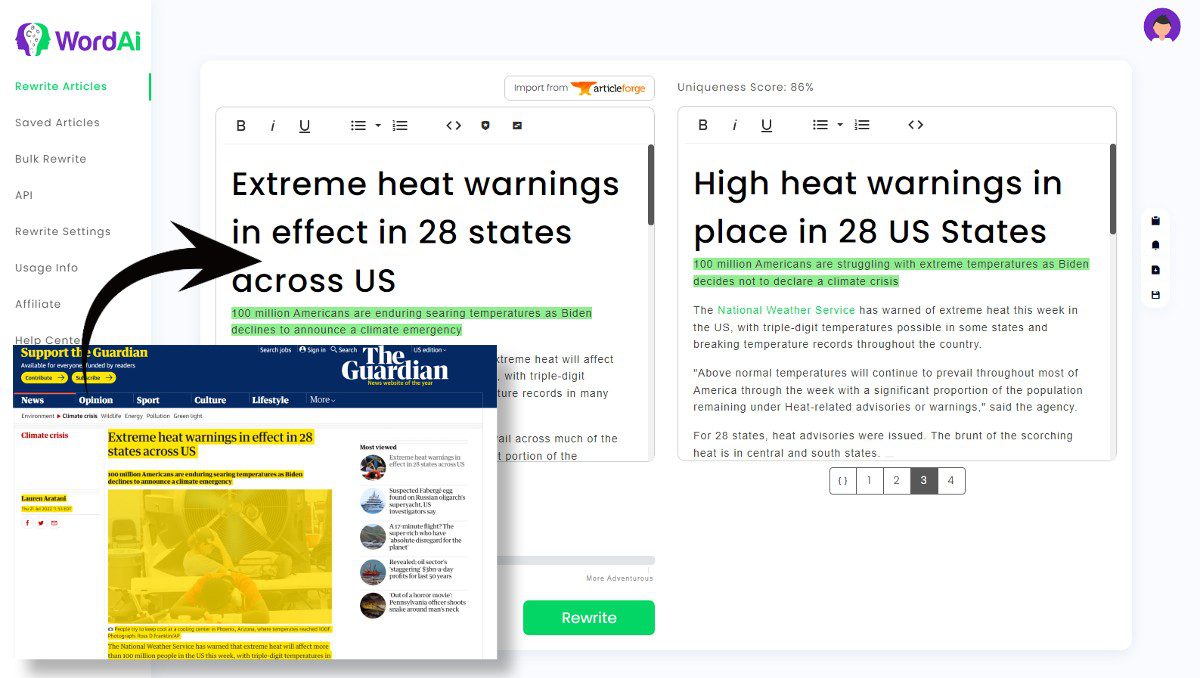AI is a fascinating new development, but it is important to understand when you should not use AI to replace humans.
Humans do many tasks better than machines, and AI should be used to create new opportunities for business growth.
In other words, AI should be used to help free up human employees from menial tasks so they can offer customers more.
This is one of the most exciting developments in the history of technology for business owners.
Can artificial intelligence replace humans?
In the past few years, many businesses have started experimenting with AI and machine learning, but the question remains – when to use AI to replace humans?
In some fields, AI and machine learning have been proven to be better than humans. For example, Amazon has placed algorithms in the role of managers to oversee human workers.
This practice has raised many ethical questions. However, it has also led to a heightened level of productivity.
However, AI and machine learning systems have several benefits. They can free humans from repetitive and mundane tasks.
Not only can AI and machine learning improve productivity, but it can also cut the length of the work week. Ultimately, that can affect pay and benefits. It can even help the government.
Therefore, if you’re a business owner, AI and machine learning can be a great asset.
However, it’s important to keep a few things in mind when deciding whether or not to use AI and machine learning to replace humans.
AI and machine learning are not susceptible to human error. Unlike humans, computers receive a set of instructions and carry them out exactly as written in code.
This means that a simple mistake could lead to chaos. In addition to this, AI is more likely to check work, take over repetitive tasks, and increase the efficiency of the workforce.
Humans suffer from personal stress, lack of rest, and hanger.
In this way, it’s unethical to invest in AI without considering the potential consequences of its use.
It can’t think outside the box
As far as we know, AI is not good enough to replace humans because of this limitation.
Its capabilities are limited by the data it is trained with, and the nuance it lacks in understanding. Until it learns to think outside the box, it will only be useful in narrow domains.
That’s where humans come in. By combining the best of humans and AI, we can achieve great things together.
It’s difficult to imagine a world where AI could ever replace humans in every job. A legal expert requires particular skills that AI can’t emulate.
But there are thousands of possible outcomes for any distinguishable action. The human mind has been programmed to judge which outcomes are most likely, and which are less likely.
It also judges what needs to occur in order for a particular outcome to occur. It’s a very complex process.
Even if AI can learn to be more creative than a human, it won’t be able to understand creative outputs. In addition to not understanding the art of other humans, AI can’t create unique media.
Creative art is an excellent example of this. Creative work requires humans with a unique perspective.
Fortunately, AI can learn new skills and create amazing work of art, but it can’t replace humans completely.
It can’t be creative
Many people think AI can be creative, but this is far from the case.
Artificial intelligence is by nature derivative and cannot come up with new ideas on the spot.
An AI content writer must take examples from millions of past written texts and use advanced algorithms to decide how and when certain words are used.
In order to perform a specific job, AI needs to be programmed. Hiring creative humans is far more cost-effective and efficient.
Moreover, AI cannot be taught to understand and interpret complex concepts, like human creativity. That is why it will never replace human creative genius.
Fortunately, there are a few ways to develop AI that can be creative. First, Rich suggests breaking down abstract problems into parts.
A well-structured logical program can tackle complex creative tasks.
A “real-world” example is a manufacturing company, where the design of a new product line has its own goals, expectations, and plans.
AI systems can only recreate a certain portion of the creative process, but they can’t completely replicate the entire process.
Another problem AI companies face when using AI for creative copywriting is that they need tons of creative humans to input their options.
This approach would require vast amounts of time and effort to train AI.
The truth is, AI is not as creative as human copywriters, so you’ll still need a human team to make it successful.
There are also many other issues that AI cannot solve, so it’s best to stick with human writers for now.
It can’t be dexterous
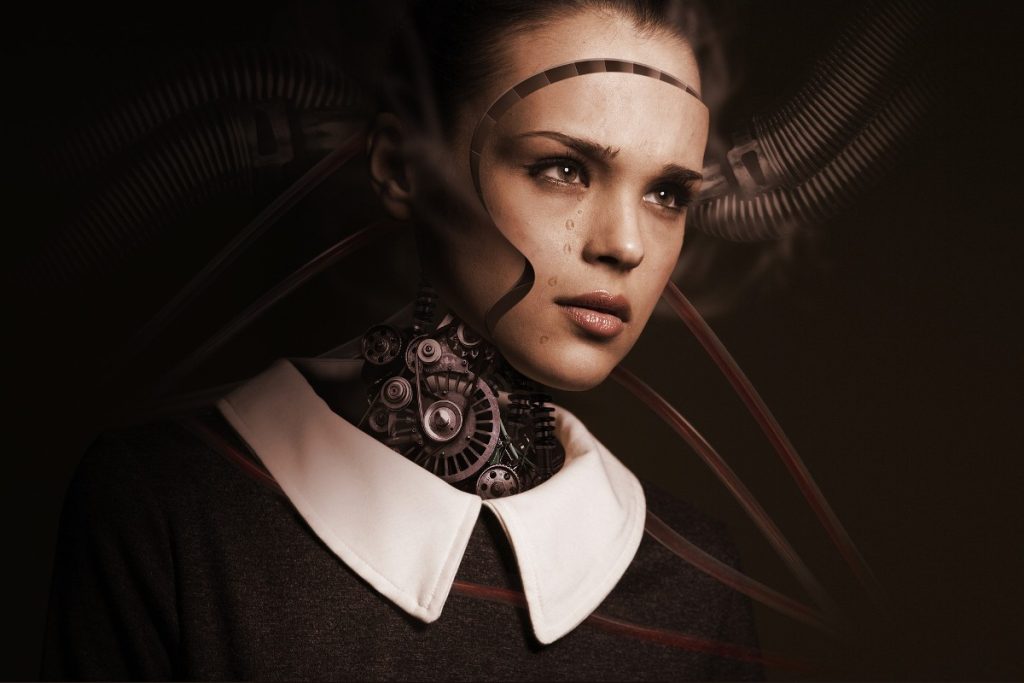
In a recent paper published in Science, researchers from OpenAI developed a dexterous system that can handle objects without requiring human input.
The researchers used a reinforcement learning model to train the AI through trial and error. They also trained the system entirely digitally using a computer simulation.
They didn’t use human demonstrations, but instead trained the system to simulate human grasps and manipulate objects.
This work has been published in Science and the paper is available on the OpenAI website.
Despite the development of robotic dexterity, it still seems impossible for AI to compete with humans at fine manipulation.
For example, robotic hand manipulation may one day be useful in tasks such as underwater salvage, remote planetary exploration, or retrieval of objects from hazardous environments.
Until then, however, robots’ hands will be limited to manipulating familiar objects. AI research projects such as Dactyl are addressing this issue.
It can’t read emotions
The debate over whether AI can read emotions is raging across the scientific community.
A review of the state of the field from 2019 revealed there was no reliable evidence to support the claim that AI can read emotions. Perhaps tech companies are asking the wrong question.
Regardless of their motivation, they should reconsider their current approach to this research. AI could be a potential danger to our safety – or our own. So what is to be done about it?
The development of AI systems that can read facial expressions is a frightful step forward.
Such systems could be used to unfairly judge job applicants and students and even customers.
However, it’s important to note that facial expressions are not universal – they vary widely between individuals.
Because of this, a study of actors showed that AI systems cannot accurately detect their emotions, and thus risk creating a dangerous backlash.
Although people still have the edge when it comes to understanding the human emotions, they have made significant advances.
For instance, emotion AI systems have been developed and sold by tech companies.
They rely on speech science and computer vision to identify facial microexpressions and infer emotions based on a person’s expression.
However, they are not yet ready for mainstream use. Until such time, humans will remain the best judges of our emotions.
It can’t be manipulated
While AI is a powerful tool to improve the lives of millions of people, it can also be manipulated.
A recent study by the University of Washington showed that the AI had to learn the typical patterns of Renaissance painter Raphael in order to create a portrait of actress Ornella Muti.
The results were alarming. The researchers say AI could eventually replace humans in certain situations, such as in healthcare.
The issue of manipulation of AI systems is a complicated one, as it can be hard to differentiate between legitimate business practices and manipulative AI.
Since AI systems are designed to react to a user’s behavior, they can offer better or worse recommendations than a human would.
This can boost profits for firms while degrading the quality of services. For example, it took ten years for the European Commission to prove that Google was manipulated in its sponsored search results.
Despite the recent success of Google’s AI in search of a replacement for humans, some experts are skeptical of AI’s ability to replace human workers.
In the 1950s, AI research took place at the Rand Corporation. In 1964, Dreyfus became a consultant for the company and submitted a critical report on AI.
Leaders at the Rand Corporation argued against publishing the report, but it ultimately became the most popular report in the company’s history.
Watch this quick video to learn more about when you should not use AI and why AI will never replace humans.

